Our hands are subjected to rough usage on a daily basis, making it highly likely that at some point, you’ll accidentally knock your ring against a hard surface, causing a momentary panic.
For many diamond ring owners, a common concern is whether a real diamond can fall out of their ring. The answer is straightforward: diamonds falling out of rings is not uncommon. If this happens to you, there’s no need to panic because it’s a situation that occurs more frequently than you might think.
Fortunately, this problem can be resolved, especially if you manage to locate the diamond. Most jewelers are equipped to handle such repairs. But what are the causes behind diamonds falling out, and how can you prevent it from happening?
In this article, we will address these questions and provide you with valuable insights. So, without any further delay, let’s delve into the topic and explore the solutions.
DESIGN YOUR OWN ENGAGEMENT RING: START WITH A SETTING OR START WITH A DIAMOND. IT’S REALLY UP TO YOU!
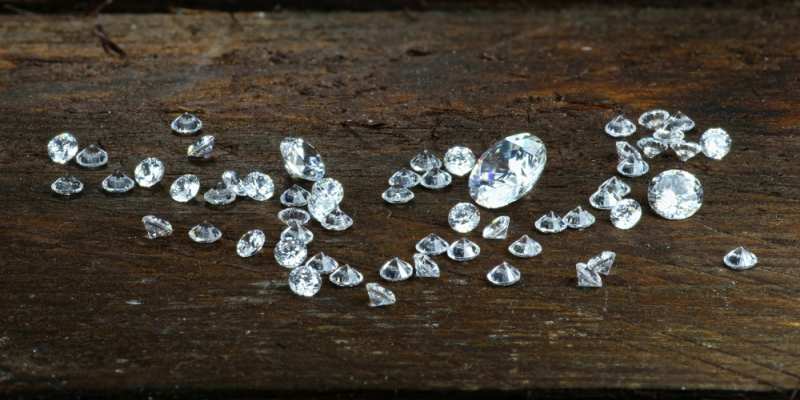
Diamonds Falling Out – Is It Common?
It’s not uncommon for a diamond to fall out of a ring, as accidents can happen to anyone. Since we use our hands extensively every day, there is always a risk of accidentally bumping our diamond ring against surfaces.
To prevent your diamond from falling out, it’s advisable to remove your ring when engaging in activities that require hand movements or could expose it to potential damage.
The security of your diamond in the ring is determined by its setting. Various types of settings are available, and some offer more stability than others.
However, there’s no need to worry excessively. If your diamond falls out and hits the floor, it is unlikely to crack.
Let’s explore some common causes of diamonds falling out and how to mitigate these situations.
Improper setting is often the result of poor craftsmanship by the jeweler. That’s why it’s crucial to purchase your diamond ring from reputable sources.
Accumulated residue beneath the diamond and between the settings is another rare cause. Nonetheless, regular ring cleaning is advisable to minimize any potential issues.
The most frequent cause is general wear and tear. As the ring ages, the prongs holding the diamond in place may become looser. This poses a risk to the diamond’s security.
To check if your diamond is loose, try gently moving it within the setting using your fingers. If the diamond shifts, it indicates a higher risk of it falling out in the future. In such cases, it’s recommended to take the ring to a jeweler who can reinforce the stone.
Another method is to hold the diamond close to your ear and tap on the band. If you hear a sound, it suggests that the stone is already loose or becoming loose. Performing this test occasionally can help ensure the integrity of your ring.
By being aware of these factors and taking appropriate precautions, you can minimize the chances of your diamond falling out and ensure the longevity of your ring.
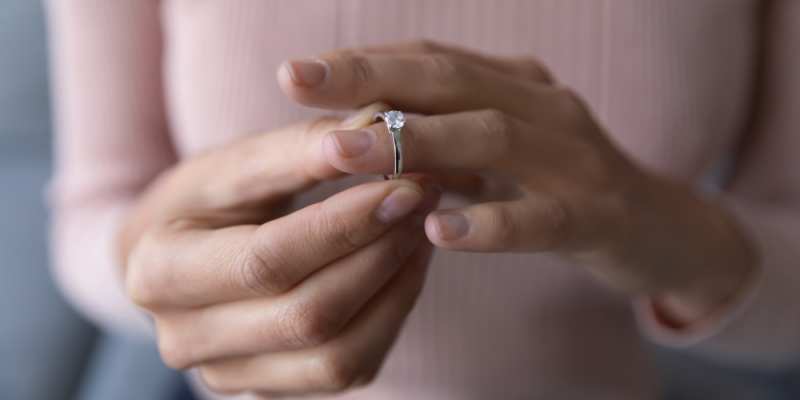
When Not To Wear Your Diamond Ring?
It’s advisable to remove your diamond ring when engaging in certain activities, such as doing chores like washing dishes. Wearing your ring during such tasks can pose risks of cutting or shattering glass, damaging the dishes, or scratching the ring’s shank. Additionally, you could inadvertently loosen the prongs that hold the diamond, leading to the possibility of it falling down the drain.
Similarly, it’s best to take off your diamond ring before applying creams or lotions to avoid getting them on the ring and keeping it clean and pristine.
Engaging in rigorous activities or sports, as well as using harsh cleaners during house chores, also warrant removing your diamond ring to prevent any damage or loss.
It may seem like you’ll be taking your ring off frequently, but on the flip side, it provides you with numerous opportunities to slide it back onto your finger and appreciate its beauty.
Another precautionary measure is to remove your ring before showering, as prolonged exposure to water can dull or damage the metal over time, depending on the type of precious metal the band is made of. This helps avoid potential tangling in your hair and accidental scratches.
While washing your hands with the ring on is generally fine, it’s essential to be cautious when drying your hands. Catching a prong on a towel can cause runs or pull out threads, potentially leading to fibers getting stuck in the prong and around the diamond.
By being mindful of these situations and taking off your diamond ring when necessary, you can ensure its longevity and prevent any unwanted damage or loss.
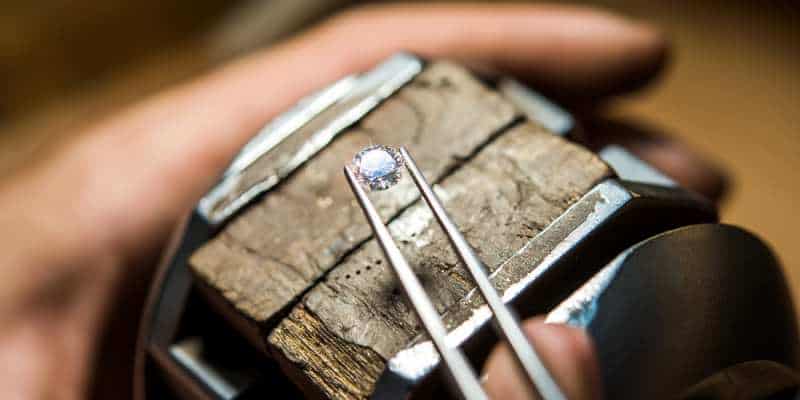
Secure Settings For Diamond Rings
To ensure the security of your diamond, it’s worth considering different settings that will keep it from falling out. Two popular options are the channel setting and the bezel setting.
Channel Setting:
The channel setting is ideal for active individuals or those who work with their hands. It features a groove without long prongs, minimizing the risk of scratching or snagging on clothes. The diamonds are set deep within the channel, providing excellent security and allowing you to wear your ring with confidence. This setting is also visually striking and attracts attention due to its sparkling display. Moreover, the channel setting is cost-effective as it allows for the use of different-sized gemstones set flush with the shank. However, it’s worth noting that the channel can collect dirt, requiring periodic cleaning with an ultrasonic cleaner, and resizing the ring can be challenging.
Bezel Setting:
The bezel setting offers a protective and elegant design. The diamond is encircled by the metal, creating a flush and secure fit. This setting is especially suitable for individuals with an active lifestyle or those concerned about the diamond getting bumped or snagged. The bezel covers a significant portion of the diamond, providing excellent protection. It also hides any flaws on the sides of the gemstone, making it suitable for stones with certain imperfections. Cleaning is relatively easy, as there are no prongs to catch debris. However, the bezel setting can make the diamond appear slightly smaller due to the metal surrounding it, and it may limit the stone’s ability to reflect light, affecting its overall sparkle.
Ultimately, the choice between the channel setting and the bezel setting depends on your preferences, lifestyle, and desired level of diamond protection.
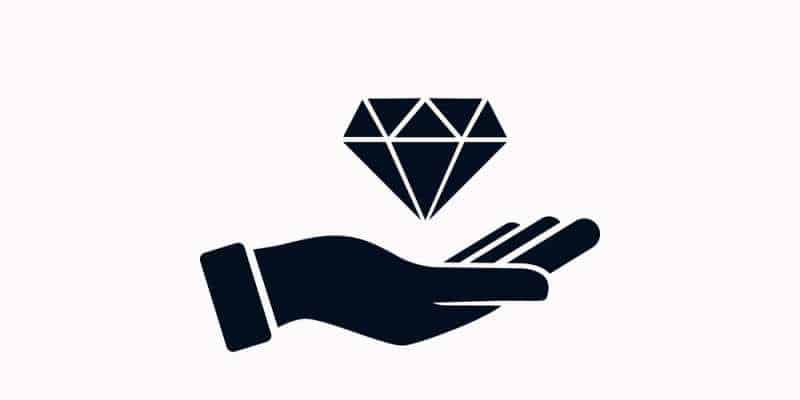
Insuring Your Diamond Ring
Before selecting ring insurance, it is essential to understand the coverage provided by your policy, as each policy varies in its protection against different types of damage or theft.
Typically, ring insurance covers the following common scenarios:
- Theft of the ring: If your ring is stolen, the insurance policy will provide coverage for its value.
- Ring replacement or repair: In the event of damage or necessary repairs to the ring, the policy will cover the cost of replacement or restoration.
- Incidents involving the ring: The insurance will offer coverage for any incidents or accidents that occur to the ring, such as accidental damage.
- Accidental loss of the ring: If the ring is accidentally lost, the policy will provide coverage to compensate for its value.
It is advisable to review the coverage offered in relation to the premium you intend to pay. Generally, policies with higher premiums offer more comprehensive coverage for the ring.
Ultimately, the decision to insure your diamond ring is a personal one. However, for more expensive rings that hold significant value, insurance can provide peace of mind, knowing that you will receive financial assistance if any unfortunate incidents befall your ring. Many individuals find comfort in the knowledge that their insurer will contribute to the costs of repair, replacement, or necessary repairs if the need arises.
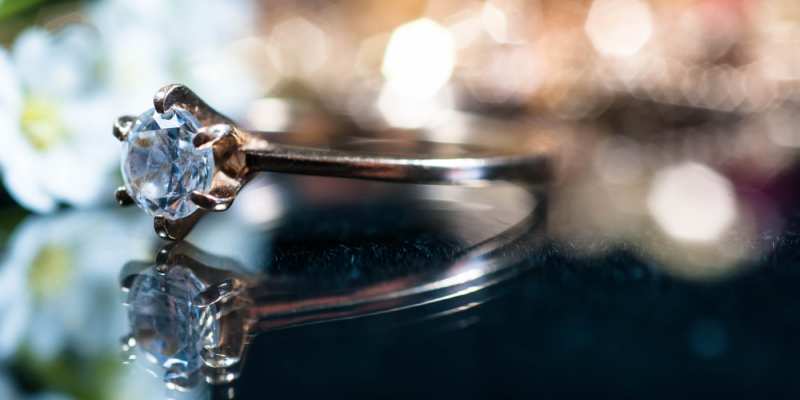
Conclusion
If you still have doubts about whether a real diamond can fall out of a ring, allow us to provide you with a clear explanation.
As previously mentioned, accidents can occur, particularly if you engage in strenuous activities or handle harsh chemicals while wearing your ring.
There are several factors that can cause a diamond to fall out of a ring. The first is improper setting of the diamond within the ring.
The second factor can be the accumulation of residue under the diamond or within the setting. While this is unlikely to directly cause the diamond to fall out, it is advisable to keep your diamond ring clean at all times.
The third reason for a diamond to become loose and potentially fall out is regular wear and tear.
To minimize the risk, it is recommended to remove your diamond ring when participating in activities that involve manual labor or using your hands extensively.
Additionally, exploring protective settings such as channel and bezel settings can help safeguard your diamond from falling out.
Lastly, if your ring sustains damage and the diamond becomes dislodged, having insurance coverage is a wise choice. This provides an added layer of financial security in the event of losses associated with your diamond ring.


